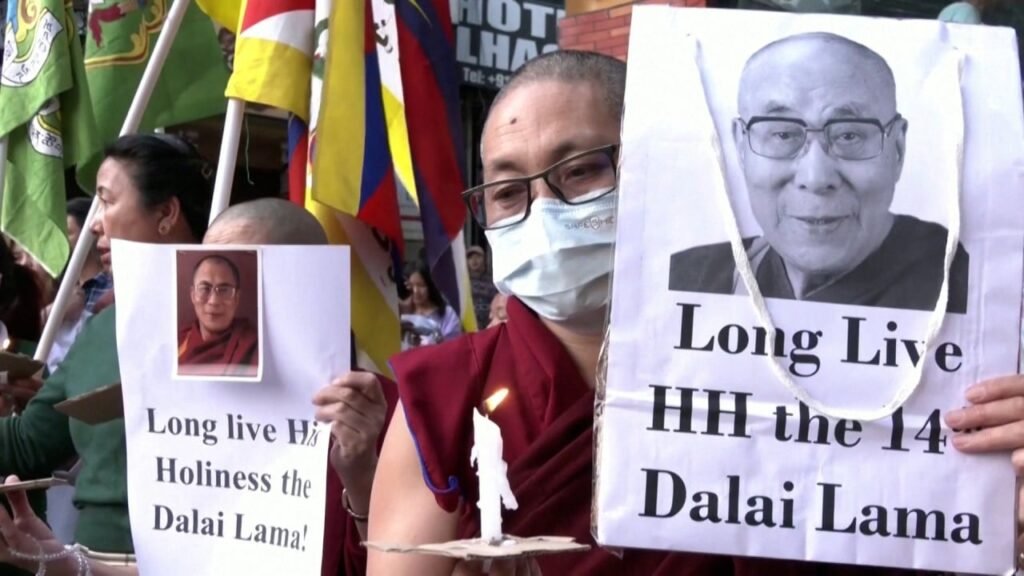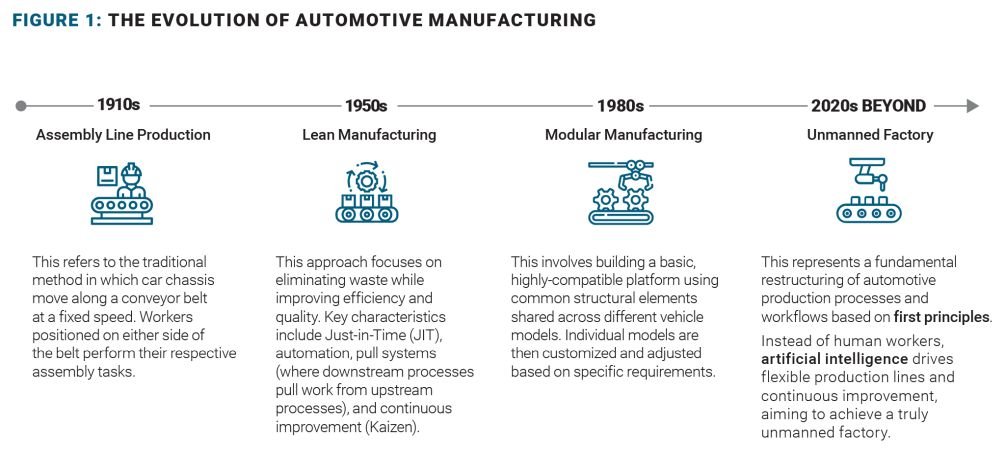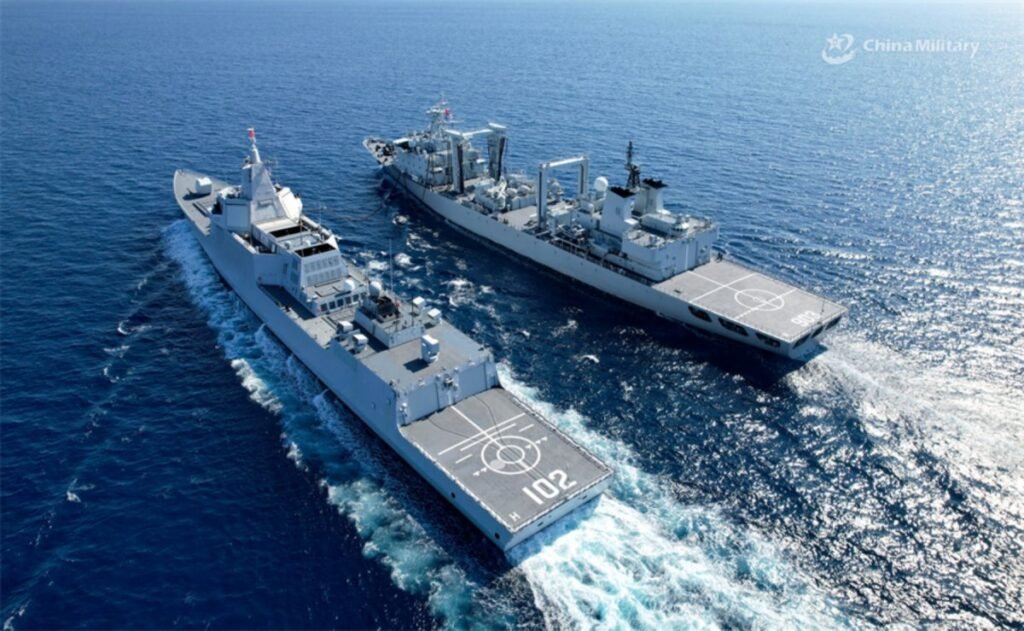
Narain Batra. Copyright (c) Valley News. May not be reprinted or used online without permission. Send requests to permission@vnews.com.
Recently, I had a wonderful intellectual encounter with a group of bright people at the Dartmouth Osher Institute for a Great Decisions seminar, “India: Between China, the West, and the Global South.” I was a guest speaker for a course led by Jim Wooster, a US Navy veteran, and John Sanders, a Dartmouth emeritus professor of surgery.
After the 150-minute seminar, I found the Q&A segment to be the most thrilling. The participants’ thirst for knowledge about India’s history, caste system, women and arranged marriages, multilingual democratic political system and minorities was boundless. I concluded the seminar with a video clip of a classical dance Bharatanatyam with a melody so enchanting that they were transported to a moment of India’s spiritual world.
A seminar participant asked, How is the education system in India? How does it compare to the US? I said, Look around. Every 10th doctor in America is an Indian-American. And there are more than 75,000 of them. Most of them were educated and trained both in India and the US. Of the more than 5 million Indian-Americans, 44% hold managerial or professional roles in fields such as information technology, medicine, scientific research, engineering and business. They play a major role in Silicon Valley, where 7% of hi-tech firms have Indian CEOs and 34% of engineers are of Indian origin. Google/Alphabet, Microsoft, the World Bank and several other major US corporations have Indian-America CEOs. And today the American political landscape has the sound and accent of India: Kamala Harris, Nikki Haley, Vivek Ramaswamy, Pramila Jayapal, Ro Khanna, Raja Krishnamoorthi, et.al.
So, with this growing trust between the two multicultural countries, it came to me as no big surprise when Dartmouth College announced last month that it has forged a partnership with the Indian Institute of Science (IISc), a preeminent scientific institute in Bengaluru that was home to Nobel Laureate C.V. Raman; and was pioneered in 1909 by two visionary Indians, industrialist-philanthropist Jamsethji Tata and spiritualist Swami Vivekanand.
The Dartmouth-IISc partnership is an exemplar of the evolving U.S.-India relationship, reflecting a concerted effort to foster scientific and technological collaboration in response to shifting global dynamics, particularly relevant amid the ongoing U.S.-China technological de-risking efforts. The collaboration not only enhances academic ties between two great research universities but also positions both nations to jointly develop critical technologies, thereby reducing reliance on China, a major goal of the Trump administration.
As the U.S. seeks to expand its affiliations beyond China, India emerges as a reliable, pivotal collaborator in many fields, from academics to geopolitics. Although not explicitly stated, the Dartmouth-IISc partnership exemplifies this shift, fostering joint research in areas like engineering, medicine and environmental science. Such collaborations are instrumental in building resilient supply chains and advancing innovation independent of Chinese influence and its ubiquitous intelligence.
High-level dialogues like the TRUST (Transforming the Relationship Utilizing Strategic Technology) initiative, also announced this year, underscore the commitment of both nations to strengthen ties in critical sectors such as the Initiative on Critical and Emerging Technology (iCET), which focuses on cooperation in artificial intelligence, quantum computing and semiconductors.
By enhancing cooperation with India, the U.S. not only mitigates the risks associated with over-reliance on China but also promotes a multipolar technological ecosystem. This strategy supports the development of alternative centers of innovation, contributing to a more balanced and secure global tech landscape.
The Dartmouth–IISc partnership, while primarily academic, can facilitate a two-way flow of brainpower, graduate students, postdocs and researchers, many of whom may eventually work with burgeoning tech firms in India or Silicon Valley companies, a model for brain-sharing rather than brain-draining. As Barbara Will, Dartmouth’s vice provost for academic and international affairs, put it in the college’s May 23 announcement, “By harnessing each other’s strengths, we aim to discover innovative answers to pressing global challenges.”
Expanding collaborative R&D in critical technologies would drive innovation in AI, quantum computing, semiconductors, cybersecurity, materials science and drug discoveries. Tech companies, cautious about supply chain disruptions or intellectual property risks in China, might prefer India-linked academic-industrial ecosystems for research and innovation. Or, dual-site innovation, where research is done in the Dartmouth-IISc hub, and production happens in Silicon Valley or Bengaluru. Apple might find India safer for R&D and manufacturing than China.
As Silicon Valley executives increasingly participate in U.S. foreign policy dialogues on subjects such as AI safety and export controls, partnerships like Dartmouth–IISc strengthen India’s credibility as a democratic, reliable technology ally. Recently, India became the world’s most populous nation, and its economy is now the fourth largest, with aspirations to reach third place in the next few years. India is a great experiment in democracy and development.
The Dartmouth–IISc partnership is part of this quest, this quiet but significant reorientation of global academic-industrial collaboration, an early signal of a larger Indian-American tech alliance that could reshape the center of gravity for global innovation in a post-China world.
Narain Batra is the author of “India In A New Key: Nehru To Modi.” He hosts the podcast, America Unbound. He lives in Hartford.







